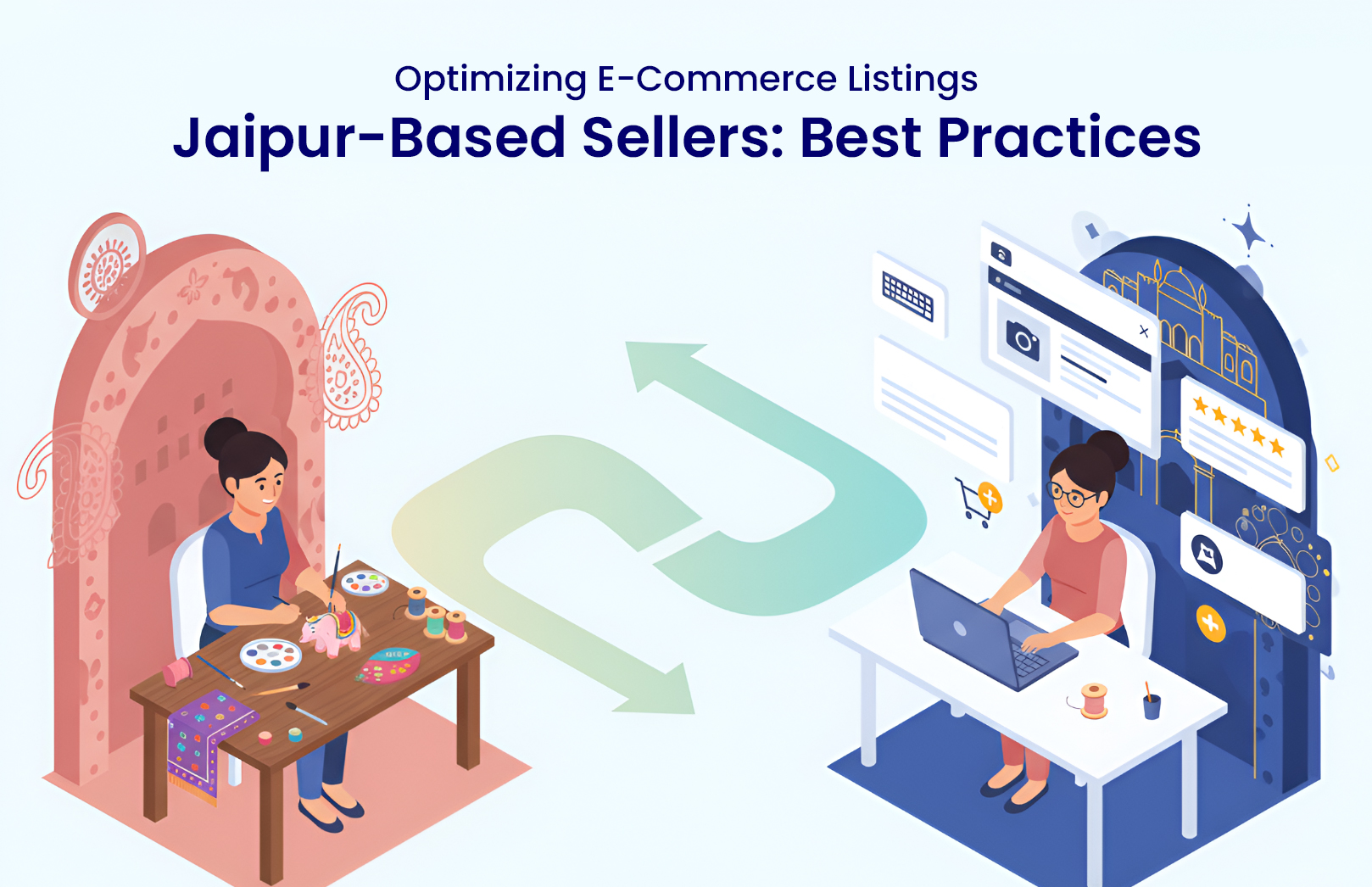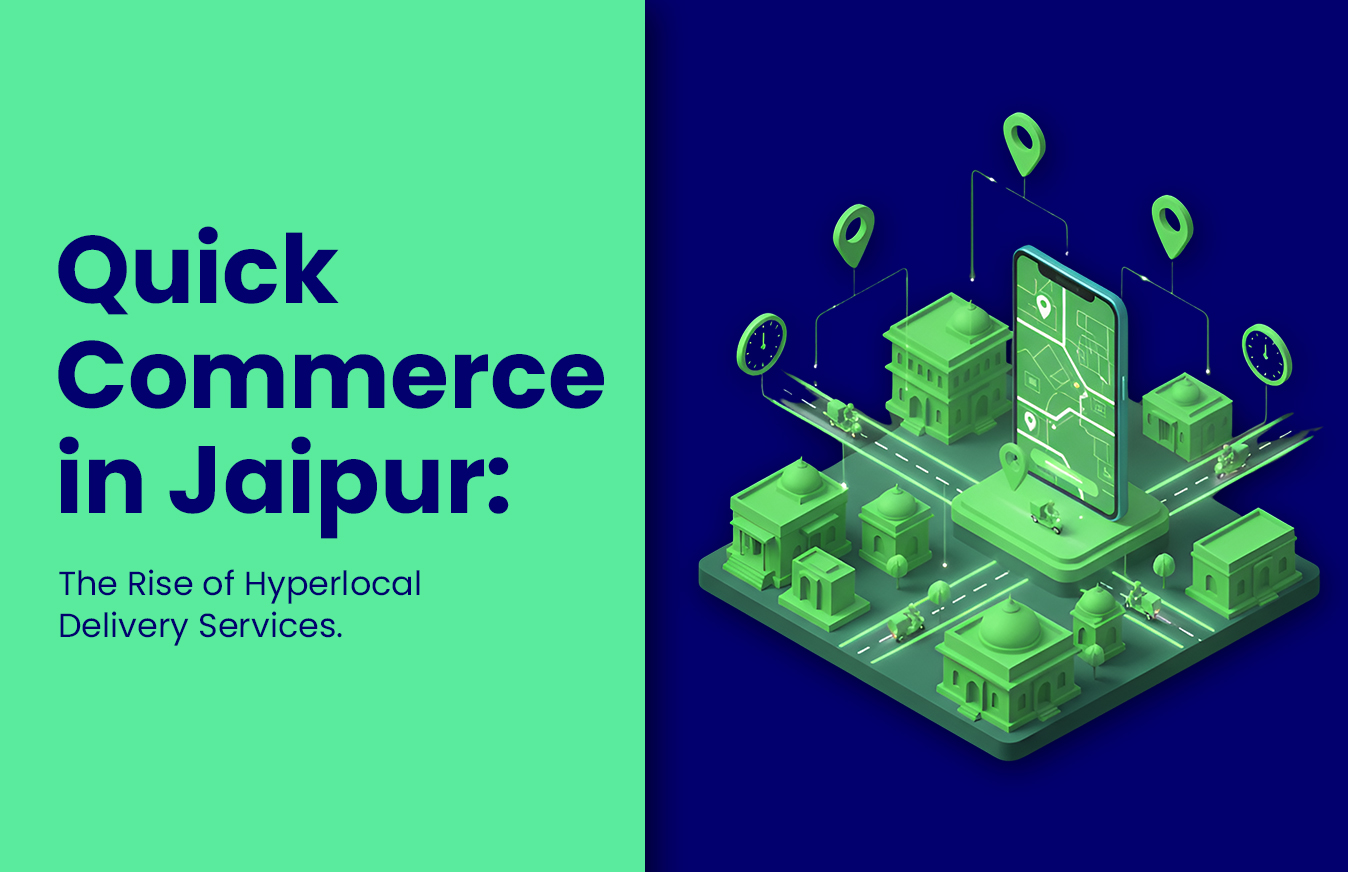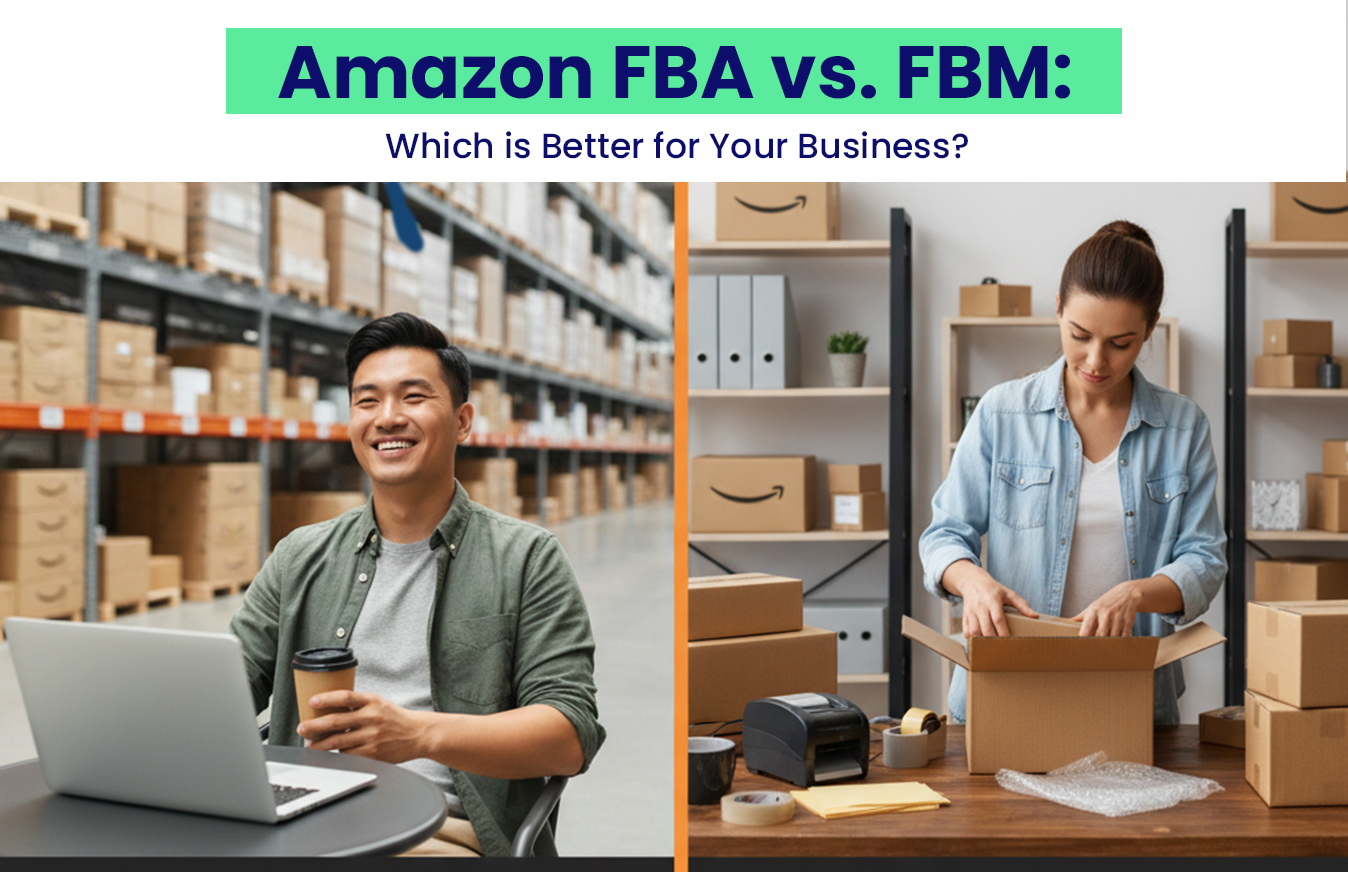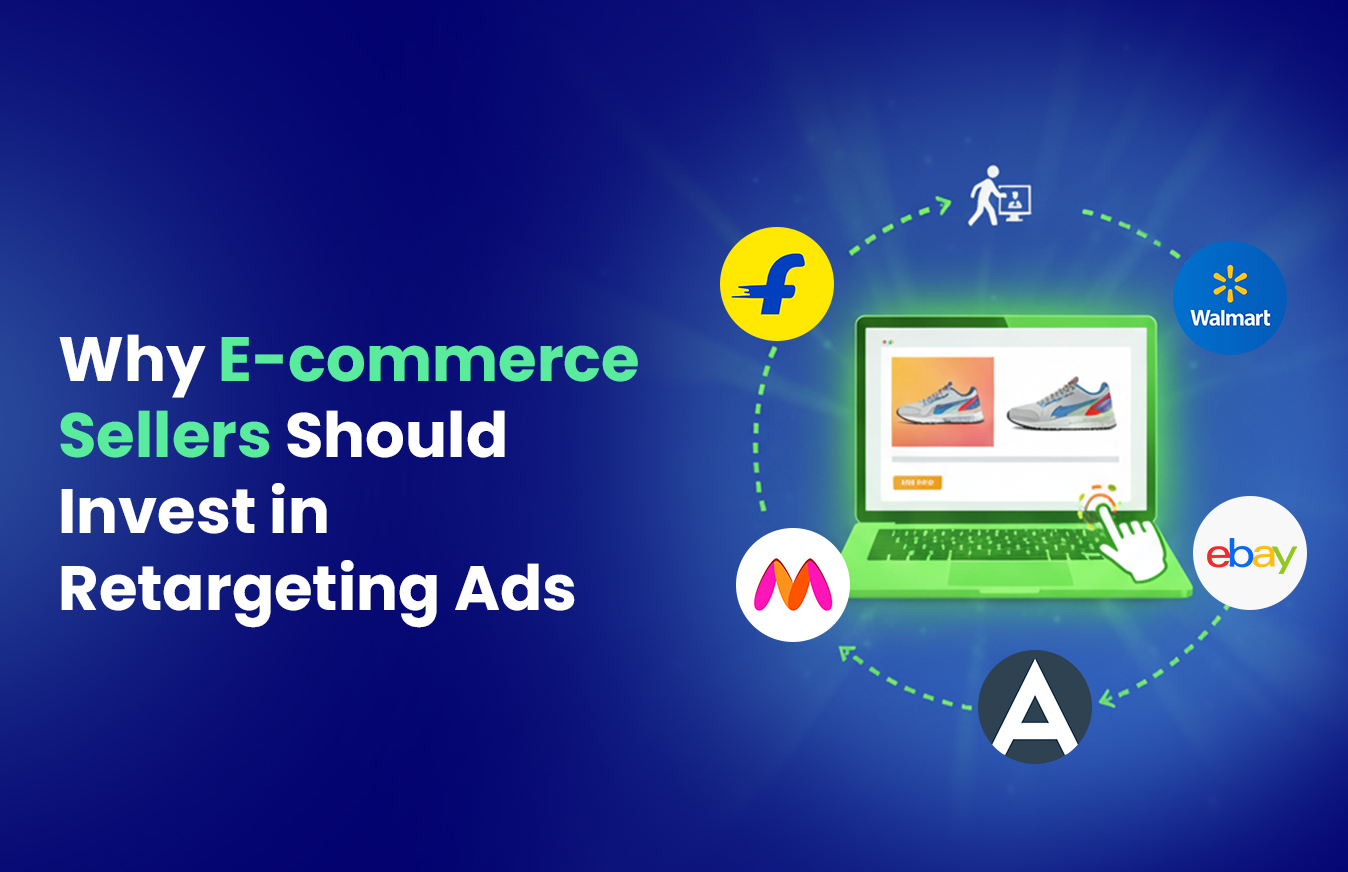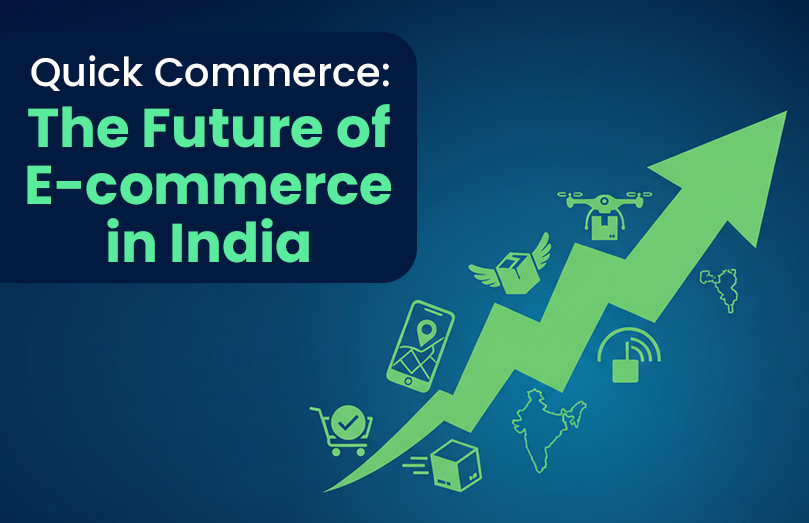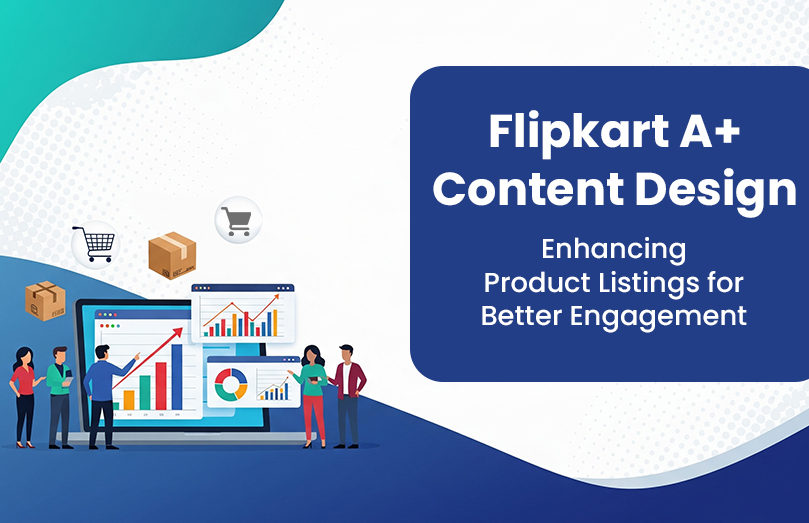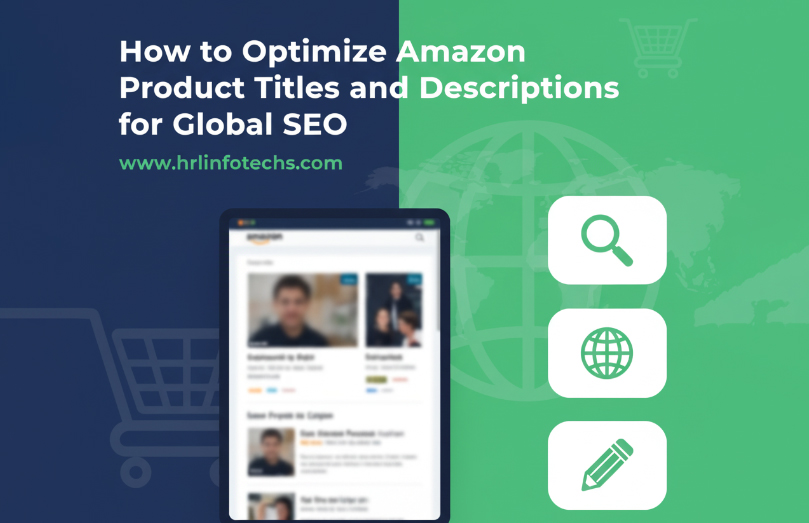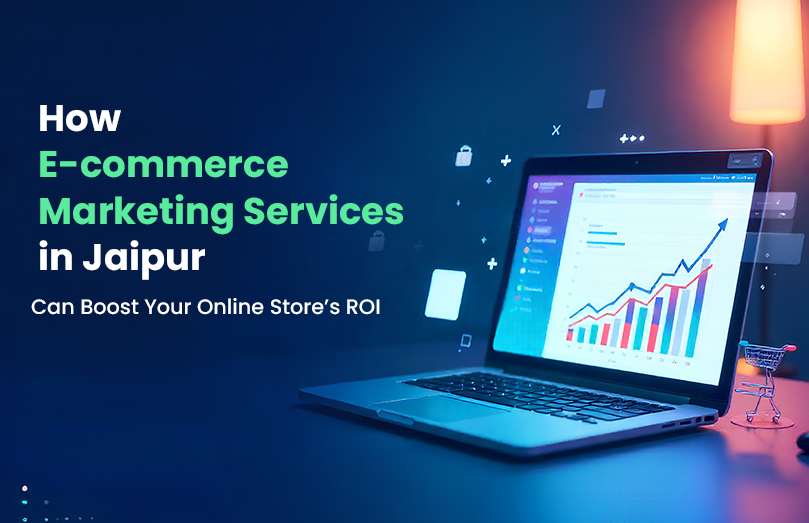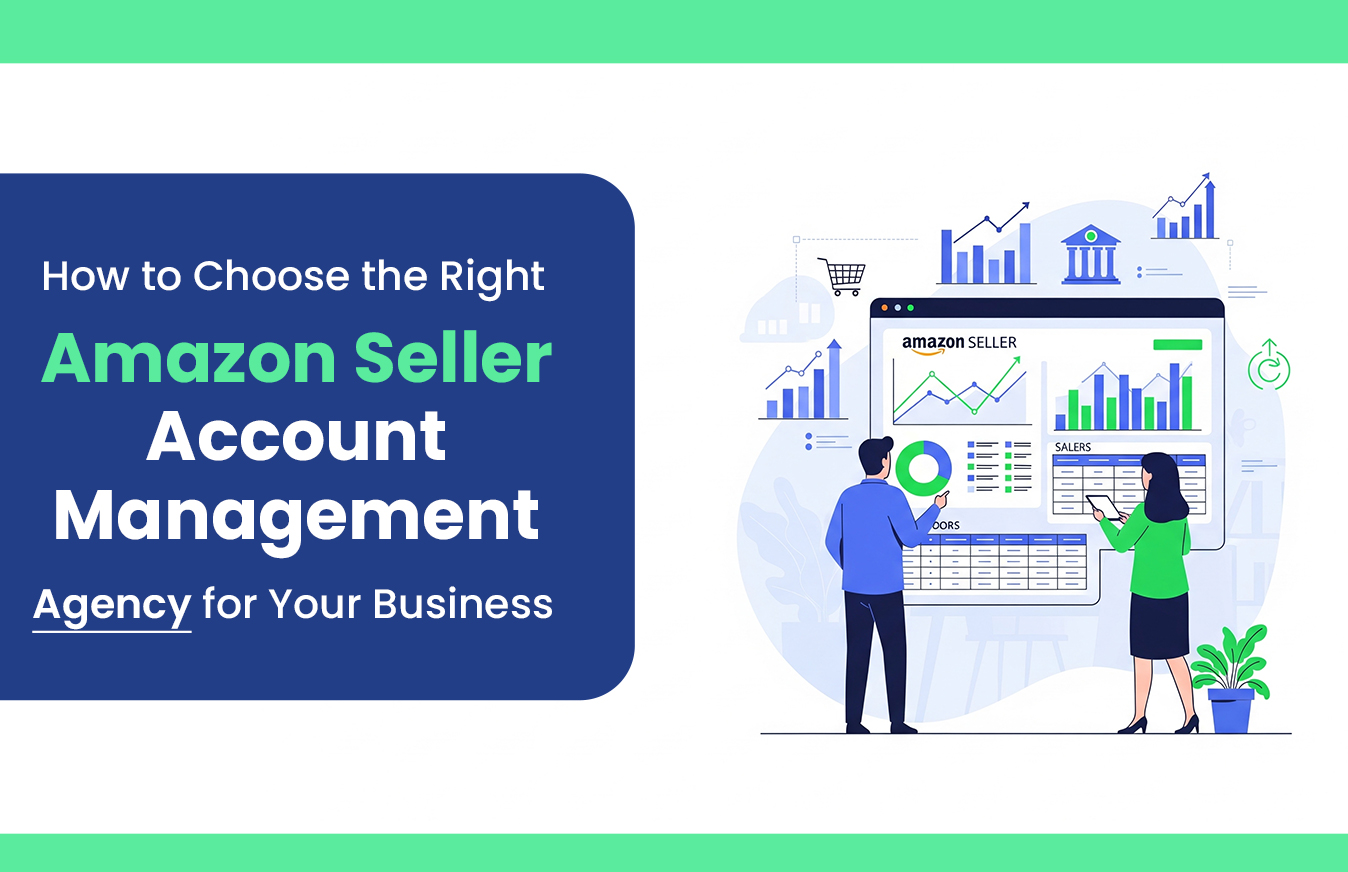Marketplaces like Amazon or Flipkart offer various opportunities, but to succeed in the highly competitive Indian e-commerce sector (particularly in cities like Jaipur), it is not possible to place your products on such platforms. The actual increase comes into play when you work on the optimisation of e-commerce listing, the approach that improves visibility, attracts more consumers, and leads to a purchase. As the sellers of Jaipur, who want to establish a good digital image, it is the most crucial aspect to focus on each detail of the listing of products to be the best seller in the competitive categories.
Why Optimised Listings Matter for Indian Sellers?
The product discoverability is directly related to sales in the rapidly expanding online ecosystem of India. Marketplace algorithms give precedence to listings that are rich in keywords, engaging and conversion-based. On this, e-commerce search engine optimisation services are of the most excellent assistance to Jaipur sellers. Optimised listings will ensure your products are ranked higher on the search results on the marketplaces, increase the rate of click-throughs and ensure your potential buyers are making the right decisions to stay active.
A properly organised and optimised product listing will give more visibility, credibility and improve conversions. In the case of Jaipur sellers, as the competition between local and national brands is on the rise, the optimisation of e-commerce listings helps establish a good presence in local and national marketplaces.
Core Practices of E-Commerce Listing Optimisation!
Keyword Research and Title Optimisation
The title of your product is significant in attracting. It must also contain the best and most practical keywords that have high traffic, and at the same time, not be cumbersome. Product attributes that can be incorporated are material, colour, and size. An example of natural titles with lots of keywords will be Women Cotton Kurti Jaipur or Wooden Study Table India.
The appropriate title will guarantee an enhanced presence at Amazon and Flipkart. One should adhere to Amazon listing optimisation recommendations and include the appropriate keywords at the beginning of the title, but not too many. This tradeoff between the algorithmic relevance and buyer readability is critical to the sustainable performance.
Optimised Product Descriptions and Bullet Points
After you attract the attention of your title, the description and bullet points persuade the buyers to make a purchase. Compelling descriptions are written in line with the e-commerce product description best practices, with a focus on benefits, features, and Unique Selling Propositions being highlighted in an attractive tone.
The most beneficial thing is to use a brief paragraph as an introduction to stating the issue that your product helps to solve, after which, some bullet points describe specifications, usability, and quality. It is an effective way of enhancing interaction as well as facilitating product listing SEO. Relevant keywords should be included in the description, which is an inherent feature of a good description.
High-Quality Visuals and Media Content
Photographs are an essential part of e-commerce success. On online stores such as Amazon and Flipkart, customers tend to make a purchase based on the quality of images. Provide high-resolution pictures that present the product in various positions and provide lifestyle pictures that illustrate actual use. A uniform branding of all your listings makes you stronger and trustworthy.
Improved content, like Amazon A+ Content or rich images of the product, can significantly increase the interactions and conversions. Professional and well-guided graphics, along with descriptions, make up an entirely persuasive list.
Accurate Categorisation, Inventory, and Pricing
Even the most optimised listings will not work correctly when they are not placed in the correct category or when the inventory and pricing are managed improperly. Categorisation is good so that your product can find the right people. The stable availability of stocks and competitive prices will enhance the likelihood of being ranked higher in search results.
The sellers of Jaipur must ensure that they check the trends of the market, the prices of their competitors, and the demand of the season constantly. Making price changes and inventory changes to keep ranking intact, as well as creating long-term trust with the buyers.
Platform-Specific Optimisation and Monitoring
The algorithms of each e-commerce platform are different. Amazon is concerned with the keywords and clarity of the content that is in the background, whereas Flipkart is concerned with the compliance of the catalogue and precise specifications. Constant performance monitoring enables the sellers to determine what is working best. Such important indicators are impressions, click-through rate (CTR), conversion rate, ranking of keywords and customer feedback.
Constant updates will keep your listings updated with any changes in the algorithm and the trends of buyers. The cumulative effects of regular analysis and minor improvements can be seen in the overall performance.
Review of Professional E-Commerce Listing Services
Listing optimisation is a complicated issue that can be handled through a professional agency that is aware of Indian marketplaces. HRL Infotechs provides e-commerce listing optimisation services and e-commerce search engine optimisation services in Jaipur, which assist the seller to enhance the ranking and sales on Amazon and Flipkart.
Their team concentrates on keyword study, title creation, Image improvement, bullet point optimisation, and constant tracking of the performance. They also do the complete listing management services, which involve Amazon SEO, Flipkart SEO and product catalogue management.
Their service is effective as it is based on data-driven insights and result-oriented strategies. The company does not just optimise the sellers to search algorithms, but also to actual human interaction- more visibility and higher conversions.
Checklist for Jaipur-Based Sellers
- Check all current product listings in terms of accuracy, strength of keywords, and visual appeal.
- Find key search terms and use the Indian marketplace keyword tools to define the most successful ones.
- Revise product titles and product descriptions with current e-commerce listing optimisation India requirements.
- Updating of product images: maintain high quality and consistency of all the listings.
- Keep proper categories, inventory changes and pricing changes.
- Track performance, which is a weekly track listing using platform analytics.
- In case of scaling at a rapid pace, outsource a reputed e-commerce listing services Jaipur-based provider to handle the task.
Conclusion
It is not a single step to optimise your e-commerce listings, and it is a strategy that should be ongoing. Every element influencing your success is keyword research and writing content, the graphics and the monitoring of performance. Sellers with Jaipur bases taking these e-commerce product description best practices will be able to empower their online presence and beat the competition.
Collaborating with a digital marketing firm that has more than 10 years of experience, such as HRL Infotechs, will mean that the listing will be done by professionals who are aware of the dynamics of the Indian marketplace and the standards of e-commerce used worldwide. They use creativity and analytics to make Jaipur sellers visible, convert, and grow on a long-term basis.
With effective e-commerce listing optimisation and visiting the official website of HRL Infotechs, you can transform your online store into a powerful sales engine that attracts buyers, builds trust, and maximises profitability.
